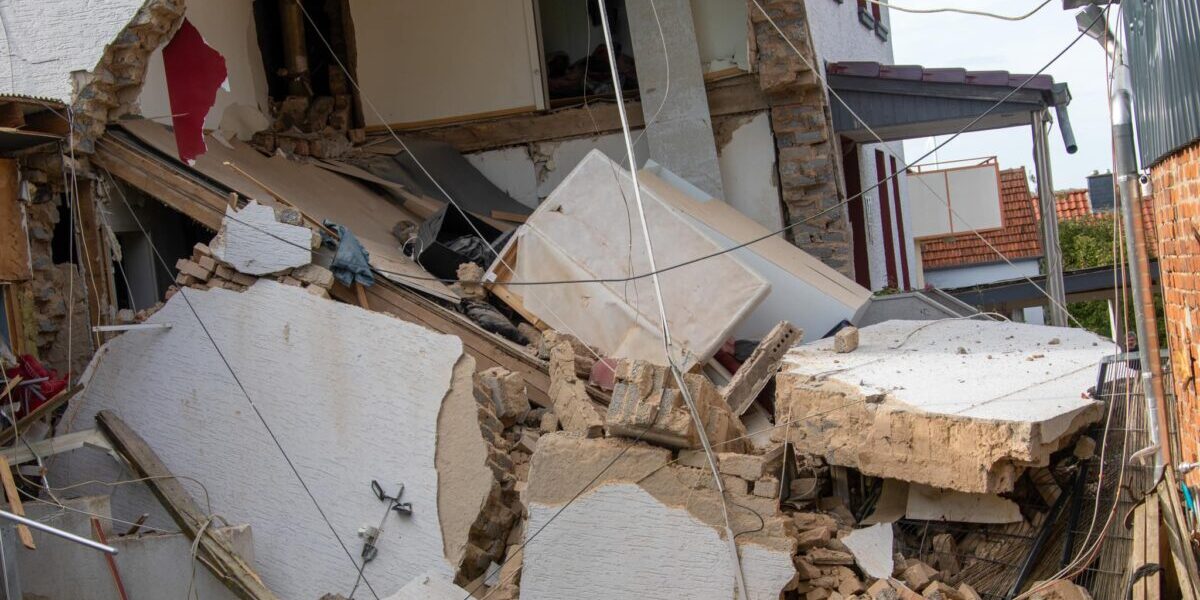OffGridInTheCity
Solar Wizard
Look at them now and then. After the 6+ years in mild ambient conditions I've gained enough confidence that I don't worry about them physically day by day. Monitoring (Batrium + Camera) + data history for trends is sufficient to alert me to trouble for now. Maybe after 10 more years and I start to get serious, uneven capacity degradation?A few questions -
What sort of regular maintenance and inspections do you do for your battery strings?


All on, all the time. Not sure why I'd want to 'cycle through them' other than some kind of individual battery capacity testing. Individual battery testing has not been needed so far... year 6+ and ongoing.Do you turn them all off at once or one at a time and cycle through them?
All is breaker'ed and labeled (see below). All breakers off and the system defaults to grid / becomes inactive. Order of on/off doesn't matter + individual components will shut off appropriately on their own if necessary.Do you have written instructions for the maint so someone else could do them if you were out of town and/or incapacitated?
Yes but the only one who's used it is me. The most useful has been the PV wiring arrangement down to the panel level.Do you have documentation on your whole system design?
Quick Disconnects outside at the arrays (required by code). At the control area... labeled Breakers forDo you have documentation on startup and shutdown?
- PV -> Charge Controllers (required by code - labeled with voltage/current)
- Charge Controllers -> Battery
- Battery -> Inverters.
- 400a BMS controlled shunt-trip for battery bank - shuts off 100% of all loads, no battery activity at all.
- Standard US 240v/120v distribution box / breakers.
Midnite Classic charge controllers don't care about PV vs Battery on/off order - so the overall order of turn on/off doesn't matter. All off and default is grid.
I've trained my wife/extended-family to turn all breakers off to default to grid only.
Not on this forum.Did you do a build thread?
Last edited:





![IMG_2155[1].JPG IMG_2155[1].JPG](https://diysolarforum.com/data/attachments/214/214193-b541d4b26fbfb04f19eda5c85ca97224.jpg)